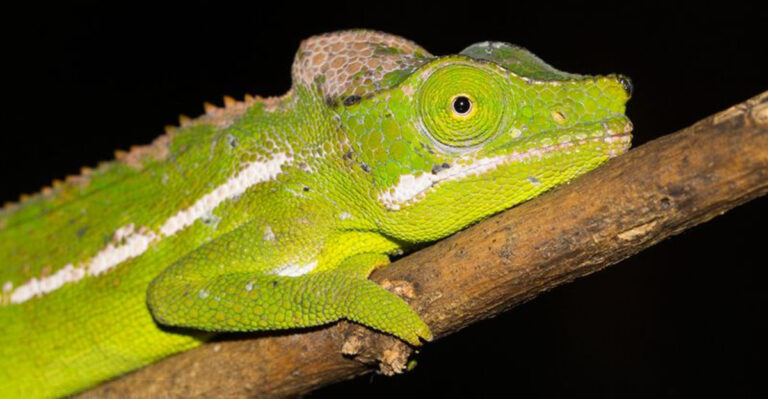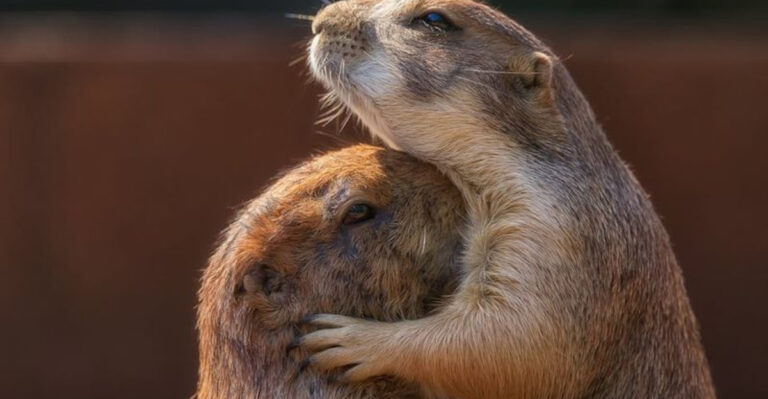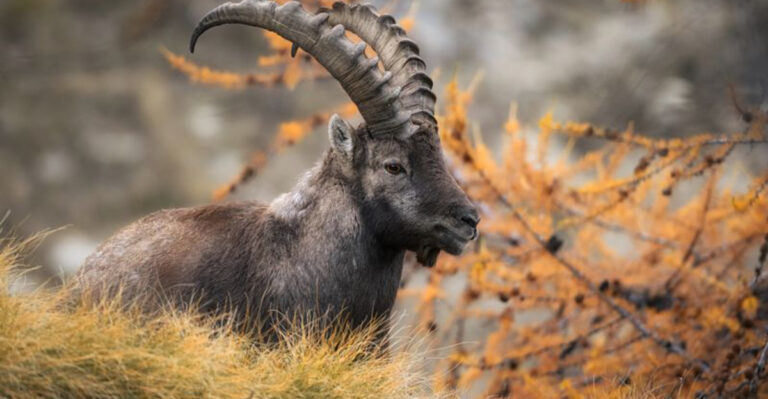12 Chickens You Might Want To Avoid (They Cause More Trouble Than They’re Worth)
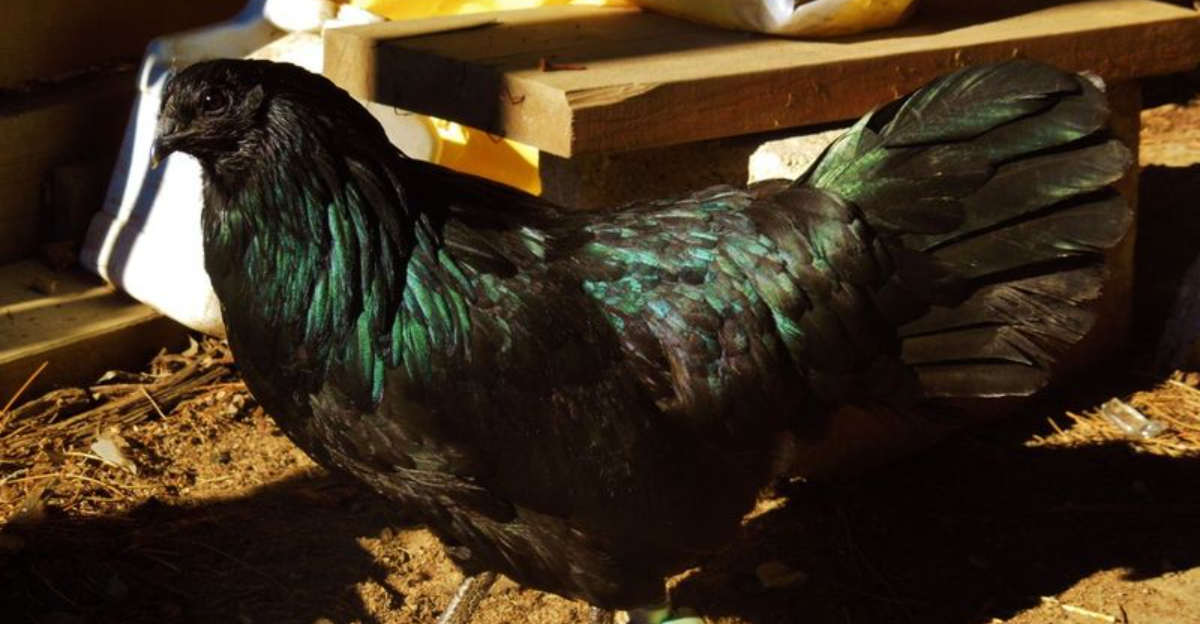
Raising backyard chickens can be rewarding, but not all breeds are created equal. Some chicken varieties bring more headaches than eggs to the table.
Before you stock your coop, you might want to think twice about these difficult breeds that often create challenges even for experienced chicken keepers.
1. Malay
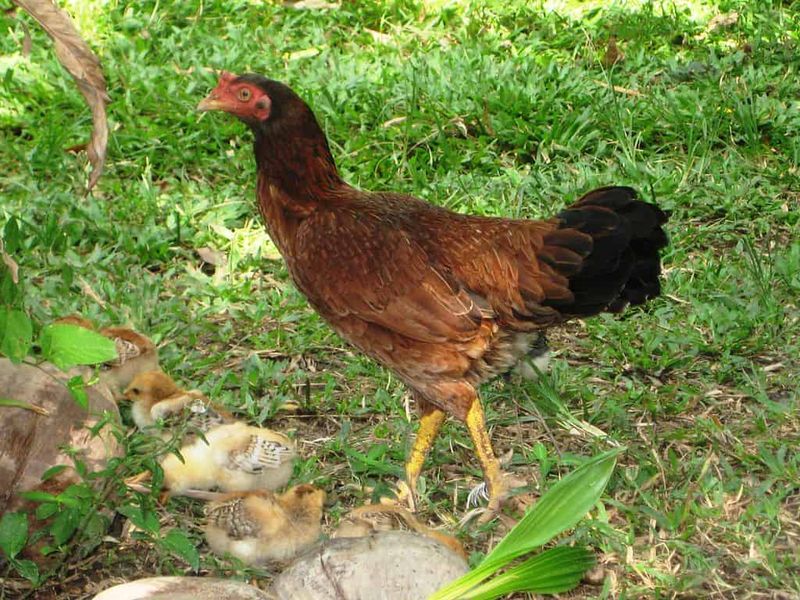
Standing tall like feathered sentinels, Malay chickens intimidate with their height and muscular build. Their aggressive nature makes them natural bullies in the flock.
They’ll establish dominance through relentless pecking and chasing, causing stress for other birds. Even humans might feel uneasy around these imposing birds with their intense stares and unpredictable temperament.
2. Gamefowl
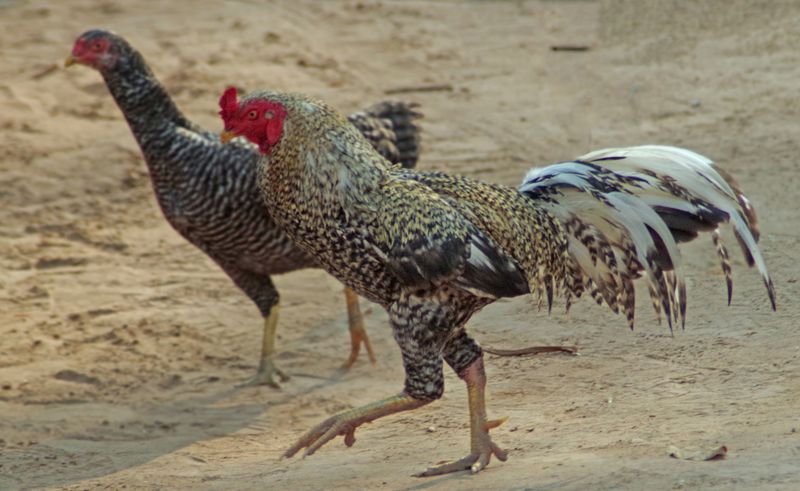
Originally bred for cockfighting, these birds never got the memo that fighting is frowned upon. Their combative nature runs deep in their DNA, making peaceful coexistence nearly impossible.
Males will battle to the death without intervention, while even females show remarkable aggression. Their beautiful plumage comes with a temperament that requires separate housing and constant vigilance.
3. Polish
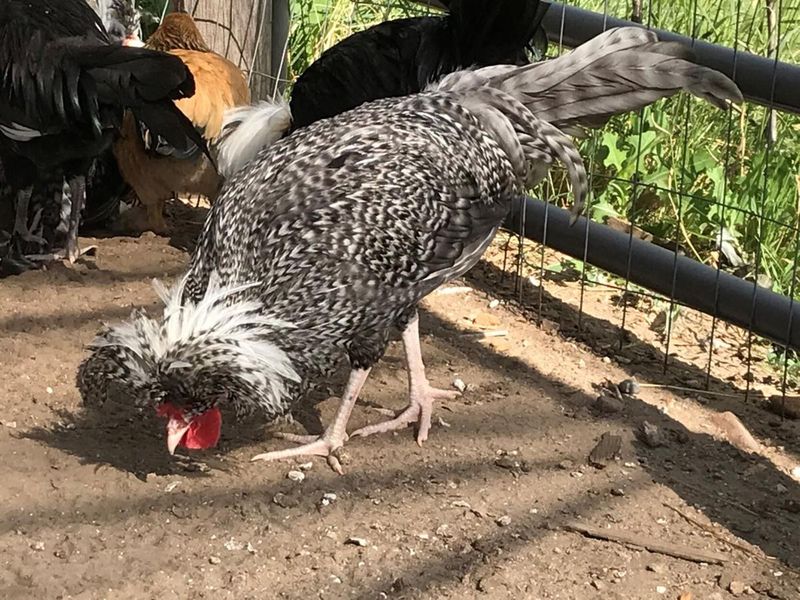
With their fabulous feathered crests, Polish chickens look like they’re having a perpetual bad hair day. But those fancy headpieces block their upward vision, causing startling reactions to overhead movements.
Expect dramatic flapping and squawking when surprised. Their limited sight makes them easy targets for bullying, and they’ll need extra protection from predators and weather since they can’t see threats coming.
4. Leghorn
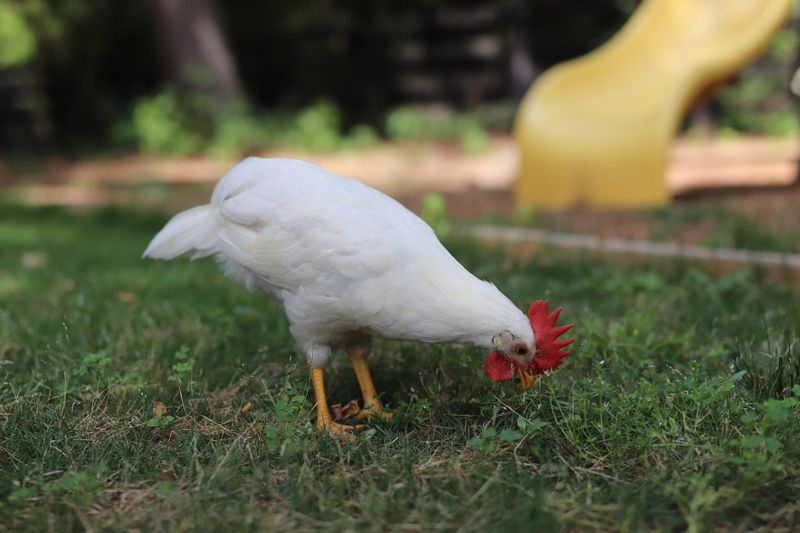
Remember Foghorn Leghorn from cartoons? The real birds are just as loud but less charming. These prolific egg-layers compensate for their productivity with ear-splitting noise levels that neighbors won’t appreciate.
Wild and skittish by nature, Leghorns resist handling and flee at the slightest movement. Their impressive flying abilities mean you’ll need tall fences, and their constant activity can agitate calmer breeds in your flock.
5. Silkie
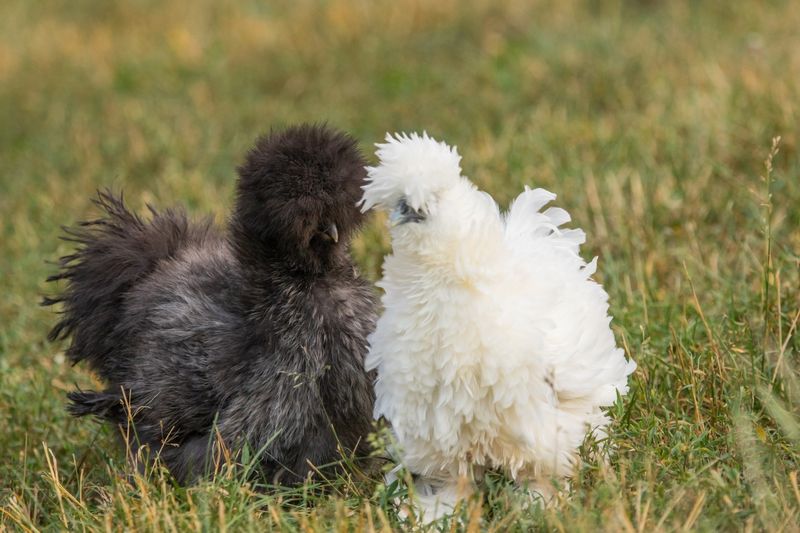
Silkies might look like walking stuffed animals, but their adorable appearance comes with significant drawbacks. Their signature fluffy feathers lack waterproofing, making them vulnerable to dampness and cold.
Constant brooding means interrupted egg production as they stubbornly sit on eggs (real or imagined). Their unique plumage requires regular cleaning and checking for parasites, turning these cute birds into time-consuming prima donnas.
6. Sumatra

Wild as their Indonesian jungle ancestors, Sumatras treat your carefully built coop like a mere suggestion. Their remarkable flying ability means they’ll roost in the highest trees they can find, making evening collection a frustrating adventure.
Handling these birds? Good luck! They react to human contact like it’s a predator attack. Their independent spirit makes them fascinating to watch but maddening to manage in a typical backyard setting.
7. Hamburg
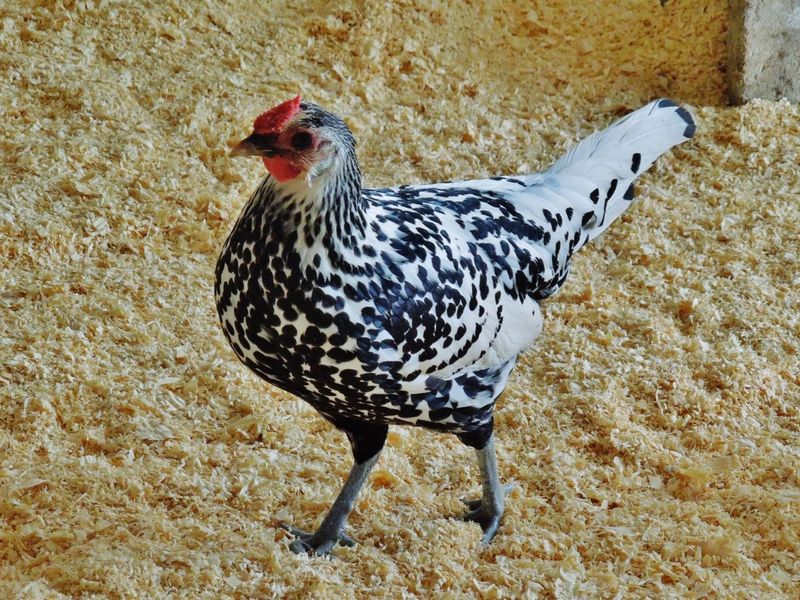
Hamburgs sport stunning speckled plumage that catches the eye—if you can get close enough to see it. These birds treat humans like predators, darting away in panic at your approach. Their hyperactive personality means they’re constantly on the move.
Though decent egg producers, collecting those eggs becomes a daily challenge when the hen treats you like a monster. Forget about cuddling these high-strung beauties.
8. Lakenvelder
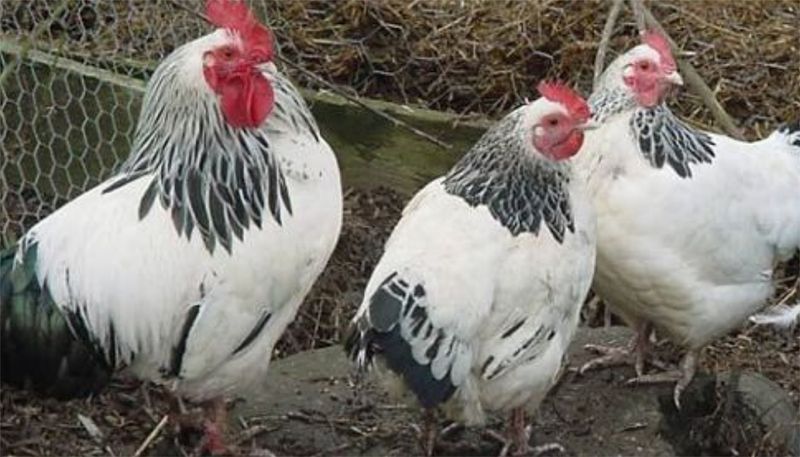
With striking black and white coloration, Lakenvelders look like they’re dressed for a formal event. Unfortunately, they’ve brought their diva attitudes to match. Cold weather sends them into a laying strike, making winter egg production virtually non-existent.
Their timid personalities make integration with other breeds challenging, and they’ll hide rather than socialize. These skittish birds require patience that many backyard chicken keepers simply don’t have.
9. Fayoumi

Hailing from Egypt, Fayoumis bring desert hardiness and an independent streak that borders on rebellious. These birds simply refuse to be told what to do, making training and handling exercises in frustration.
Despite their disease resistance, their egg production disappoints compared to other breeds. Males develop aggression early, creating management headaches. Their wild alertness means they’re constantly sounding false alarms, keeping the whole flock on edge.
10. Phoenix

Phoenix roosters sport magnificent tails that can grow over 3 feet long—a feature that creates endless practical problems. These ornamental birds require specialized roosting bars and extra-clean conditions to prevent their dramatic plumage from becoming damaged.
Mud, rain, and wind turn their showstopping feathers into bedraggled messes. Their delicate constitution means they’re prone to health issues, making them exhibition birds rather than practical flock members.
11. Modern Game

Tall, sleek, and impossibly thin, Modern Game chickens look like they belong on fashion runways rather than in coops. Their elongated legs and sparse feathering make them particularly vulnerable to cold and predators. These birds shiver at the slightest temperature drop.
Their delicate build means they’re easily injured during normal chicken activities. While striking to look at, their egg production is minimal, making them purely ornamental investments with high maintenance needs.
12. Ancona

Sporting speckled black and white feathers, Anconas might look like living polka dots, but their beauty masks challenging behavior. These birds never seem to stop moving, creating a constant flurry of activity that can stress more relaxed breeds.
Their alertness makes them impossible to catch without a strategy. While they lay well, collecting eggs becomes a daily chase scene. Their flighty nature means they’ll sound the alarm at the slightest disturbance, creating a noisy backyard environment.

